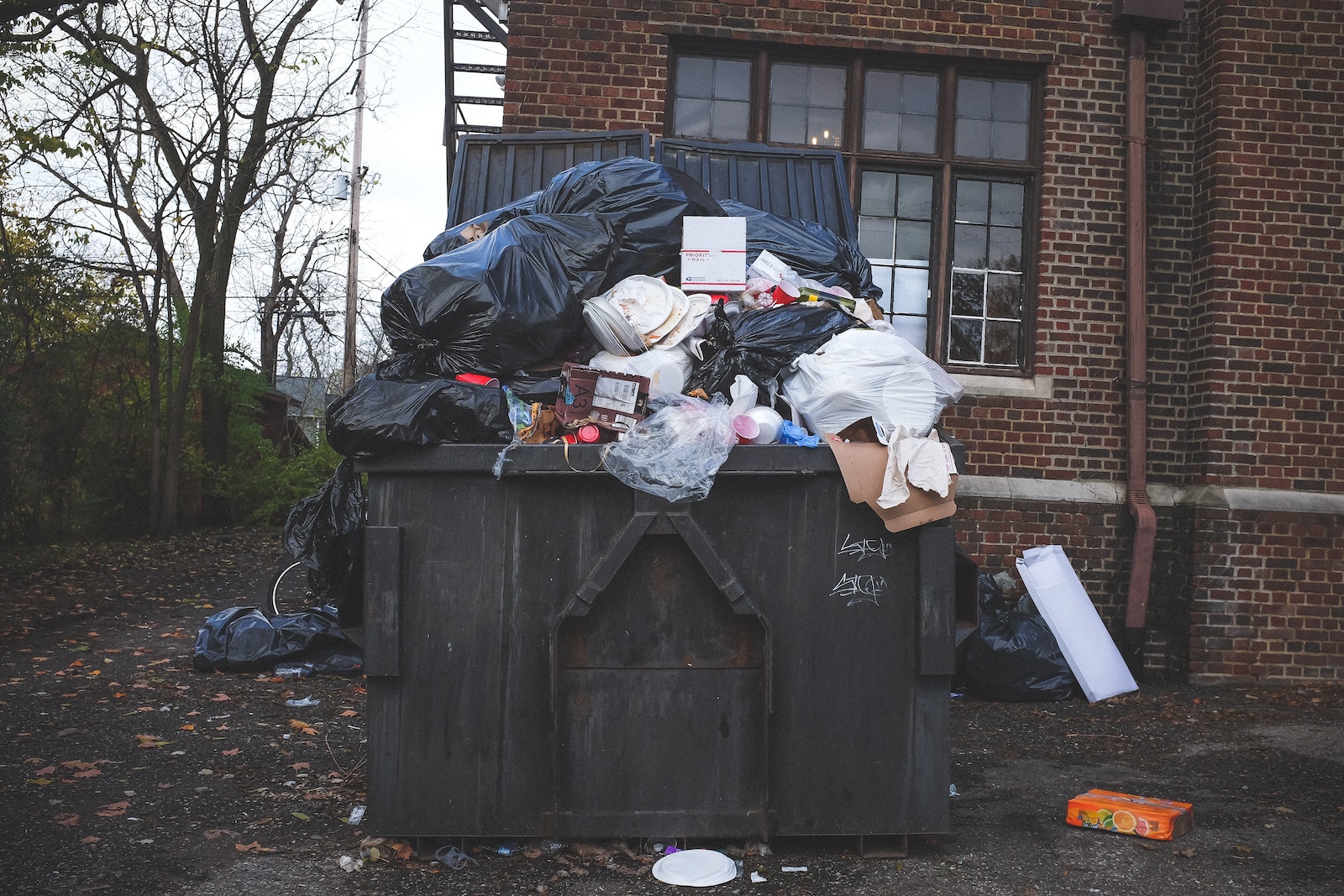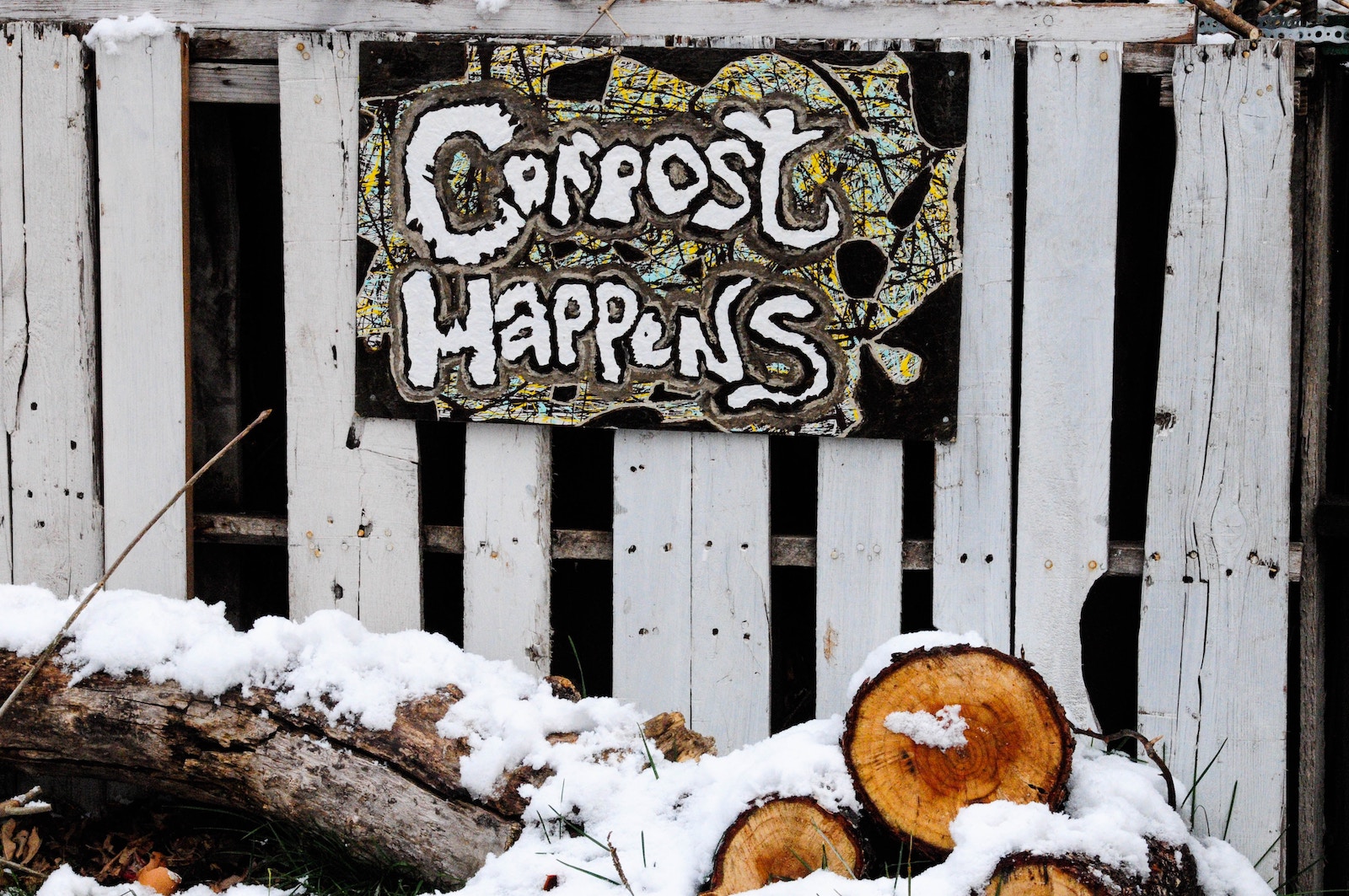Our current economy relies on the extraction of resources to create cheap products that are used for a short time and then thrown away. The term “circular economy” refers to a model that aims to reorganize this pattern of consumption. A circular economy focuses on the preservation of resources through repair, maintenance, and reuse of objects and their components. Circular approaches to transportation and food are two key areas where we can cut back on resource use and reduce our burden on the planet.

Shifting from a linear to a circular economy
Currently, only 7.2% of our materials are reused — the rest just get thrown away. This model is referred to as a “linear economy,” or a pattern of “take-make-consume-throw away,” which “relies on large quantities of cheap, easily accessible materials and energy.” Materials and energy might be cheap and available now, but with finite resources, this won’t always be the case.
The circular economy model aims to move away from this extractive model and toward one that places less burden on the planet. Circular economies aim to reduce waste, with items purchased less often, shared more frequently, used longer, and made using refurbishment and recycling processes. According to the Ellen MacArthur foundation: “underpinned by a transition to renewable energy and materials, the circular economy is a resilient system that is good for business, people, and the environment.”
Moving with more circularity
Transportation is a good example of an area where we can move toward more circular approaches. In our car-centric culture, it’s taken for granted that every person has their own car. But producing and driving cars consumes a huge amount of resources. In a circular economy, a family might own only a single car, or share a vehicle with their neighbors or friends.
Meanwhile, local and national governments need to invest in the appropriate infrastructure for people to use sustainable transit - building strong public transit systems, safe bike lanes, and incentivizing the development of mixed-use zoning walkable communities with amenities nearby them.
Sustainability and maintenance
When purchasing a vehicle, consider buying used, and take into account how much it will cost you to maintain and repair it. A dedication to maintenance and repair over time is a critical mindset shift that means keeping your vehicle on the road for longer. Right to repair is a broader movement that advocates for consumers’ ability to fix things themselves and select where to have them repaired. And of course, a broader shift toward more sustainable technologies is crucial too, such as moving away from the inherently extractive fossil fuel industry and toward vehicles that can be powered with renewable energy.
Building circular food systems
When it comes to food, circularity looks a little different. Unlike other consumer items, food is eaten and not something that can be repaired, maintained, or reused in quite the same way. But like other industries, circular food systems have less waste and reliance on extractive technologies. They focus on disposal techniques like recycling and composting to send nutrients back to the farm and reuse materials.
Circular food systems start with sustainable production, using techniques like regenerative agriculture that care for and sustain water, soil, and biodiversity rather than polluting and destroying them. Once food leaves the farm, circularity involves packaging, processing, and transportation that reduce food waste and don't rely on extractive and unsustainable technologies like plastic and petroleum.
When you’re making your buying decisions, you can think about selecting food that is produced using sustainable techniques, and that uses less packaging and fossil fuels for transportation. Buying from local farms can be a great way to do this.

Reducing food waste at home and beyond
At home there is plenty consumers can do to cut back on the food that they waste. Start planning your meals ahead of time, learning more about what expiration dates really mean, and getting good at storing produce. You can also become a pro at preserving by making better use of your freezer. And “make the most” out of the food you have, like banana peels, stale bread, and bruised apples. Then, learn to compost in whatever way makes sense for you in your location.
Restaurants and grocery stores have a big role to play in reducing their waste. A Finnish restaurant called Nolla composts leftovers and shares their compost with local farmers according to Zenbird. In 2020, Smithsonian Magazine said Graffiti Earth was serving a “scallop brûlée made with scallops considered unsellable because of damage and irregularity.”
Grocery giant Kroger partners with Feeding America to match surplus food with food banks, and sends would-be food waste to “animal food operations, composting facilities and anaerobic digesters.” Whole Foods reported that in “2022, the grocer circulated packaging guidelines to suppliers and kept more than 70% of waste out of landfills” according to Grocerydive.
In New York City, one boutique grocery store is using the European app Too Good to Go to offer food that otherwise would be thrown away at discounted prices. It’s a win-win for the grocer, which makes money off the food where they would otherwise get none, and for consumers who want to eat well, reduce waste, and spend less money.
